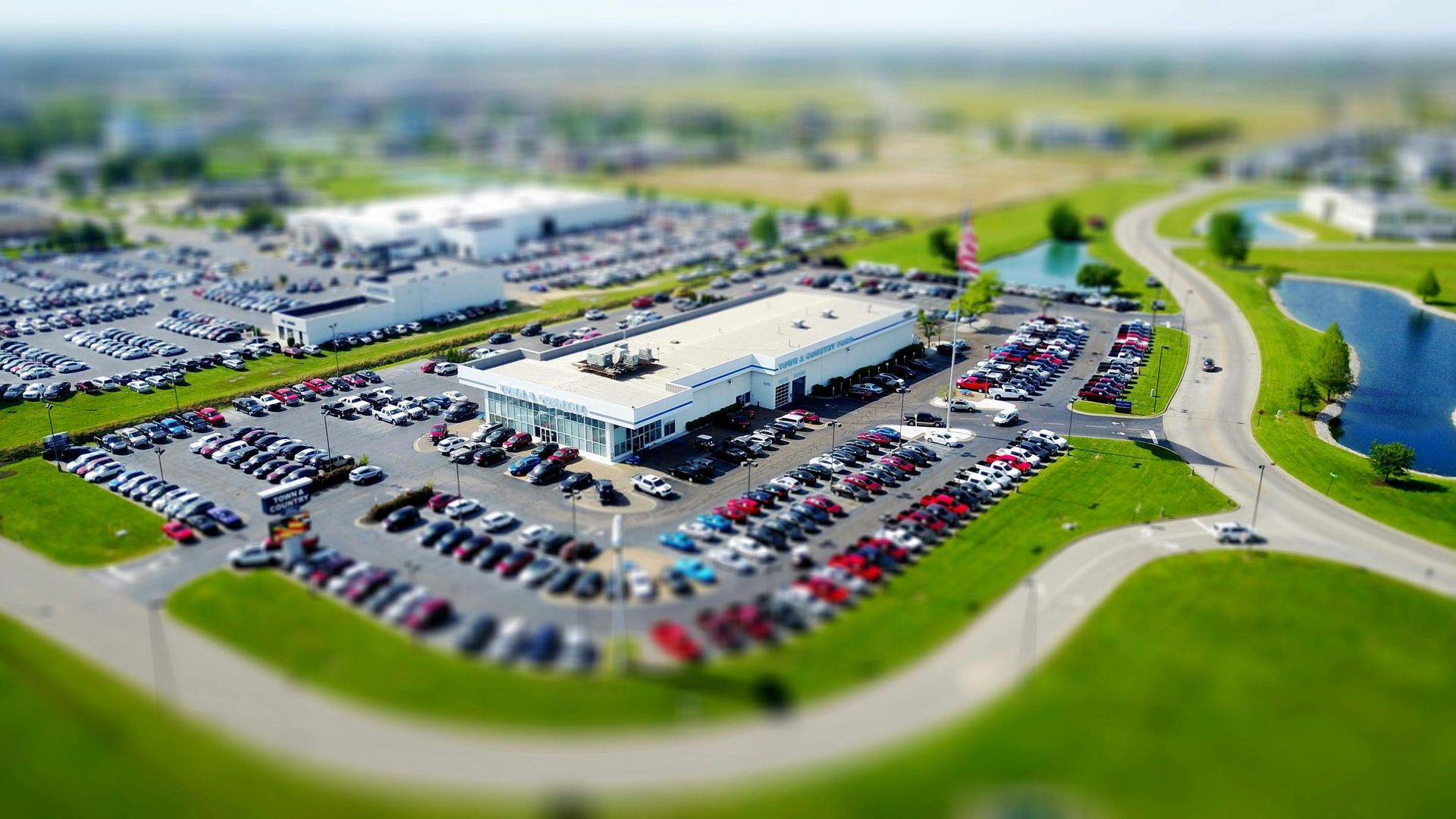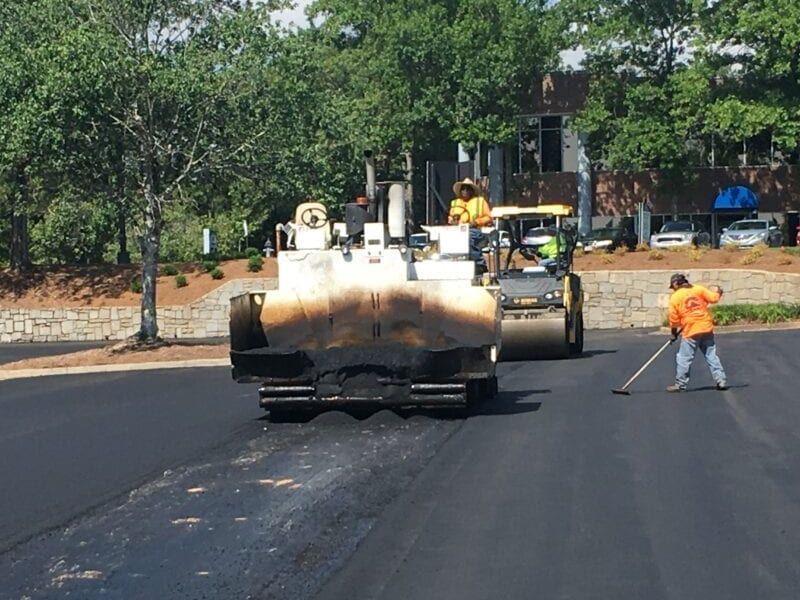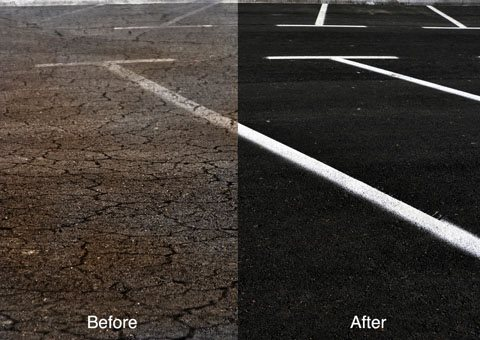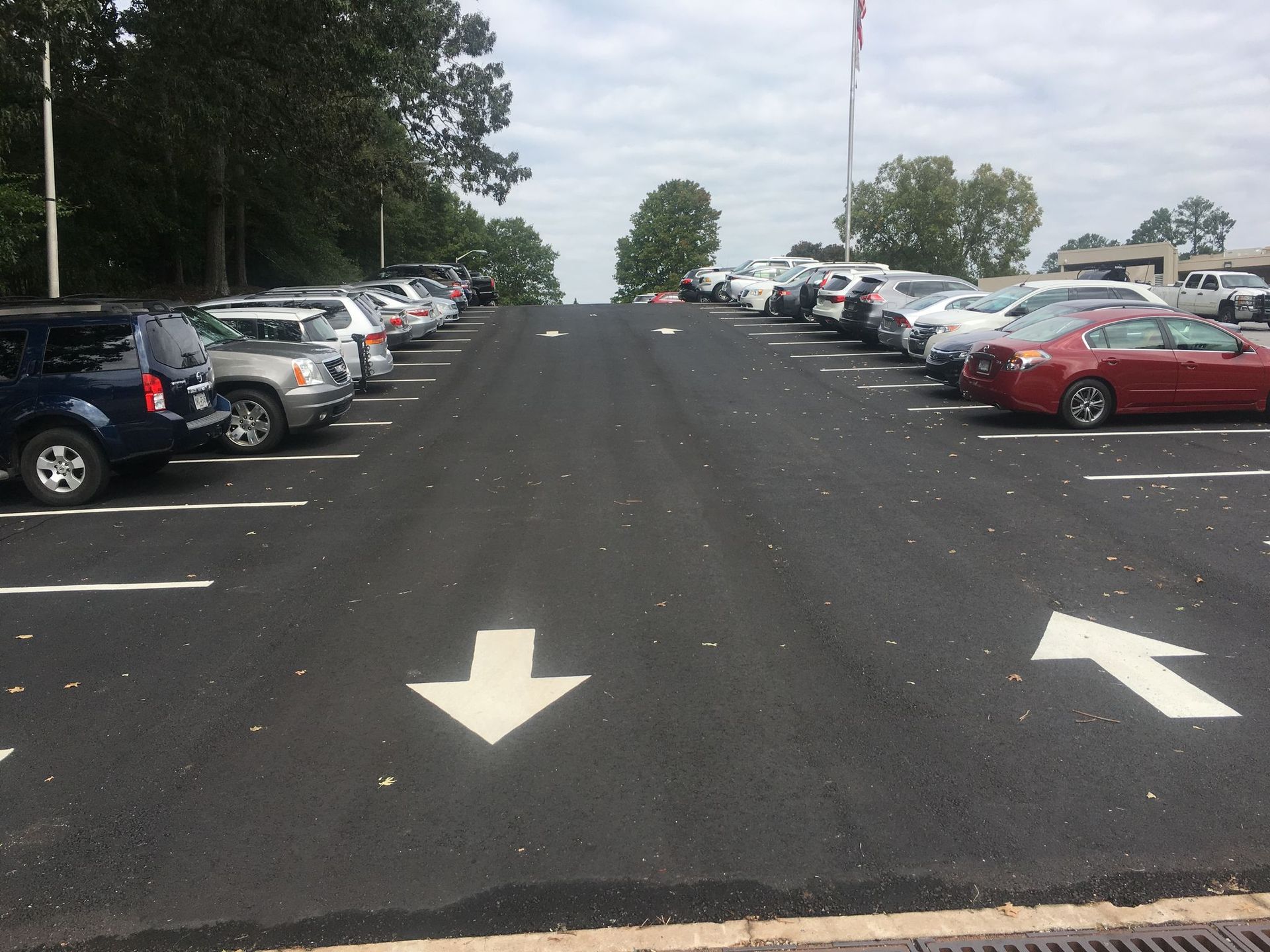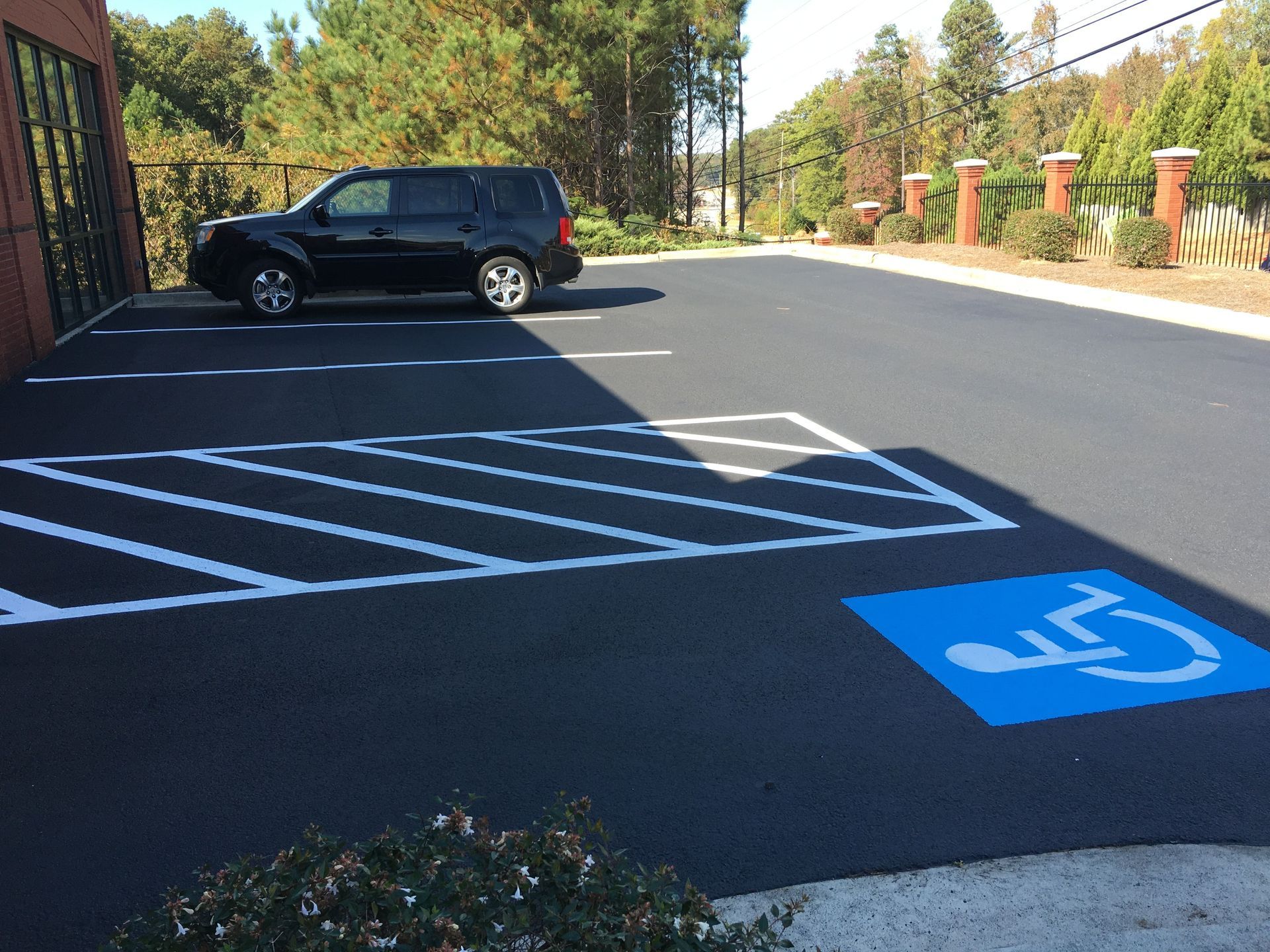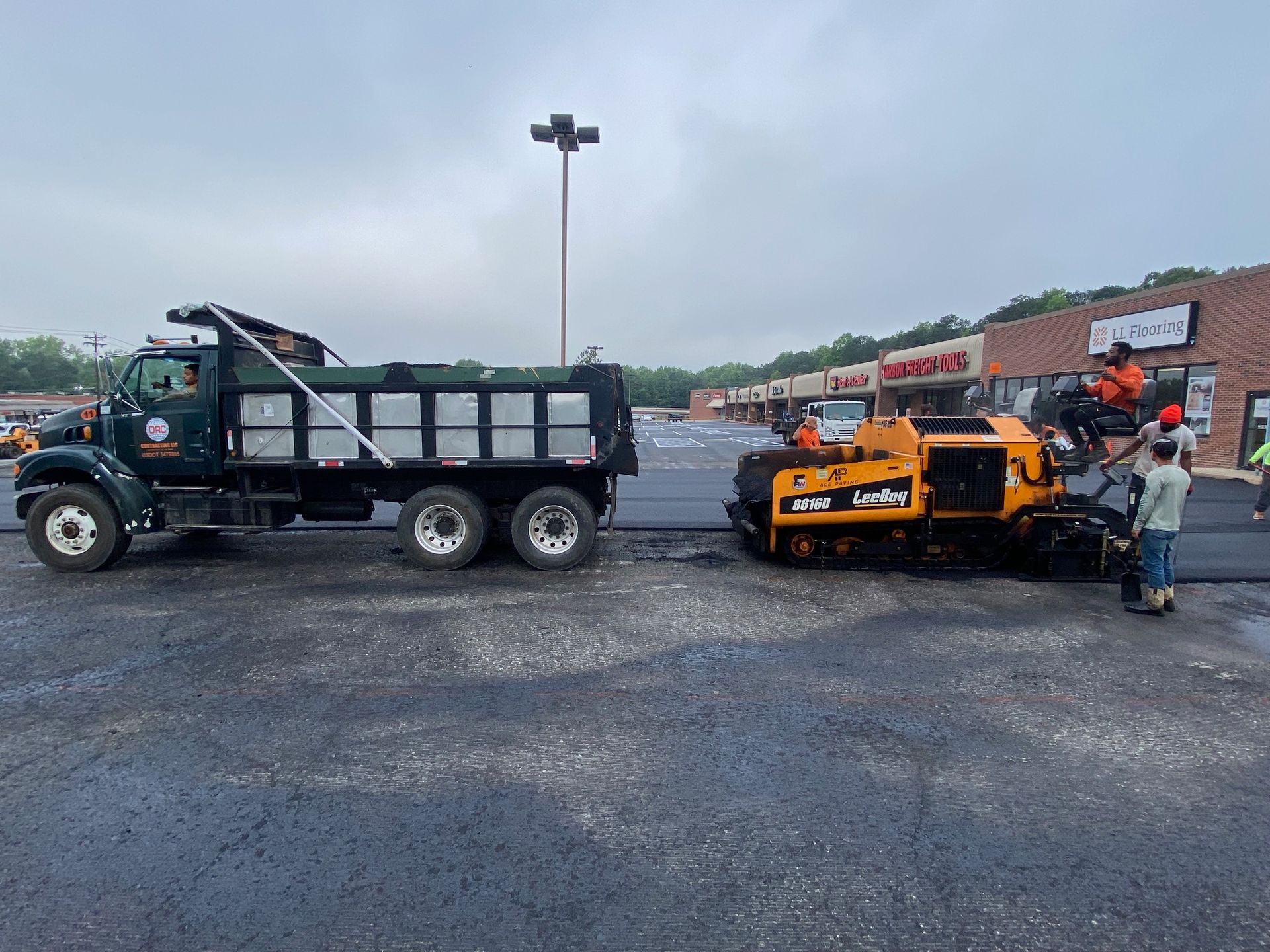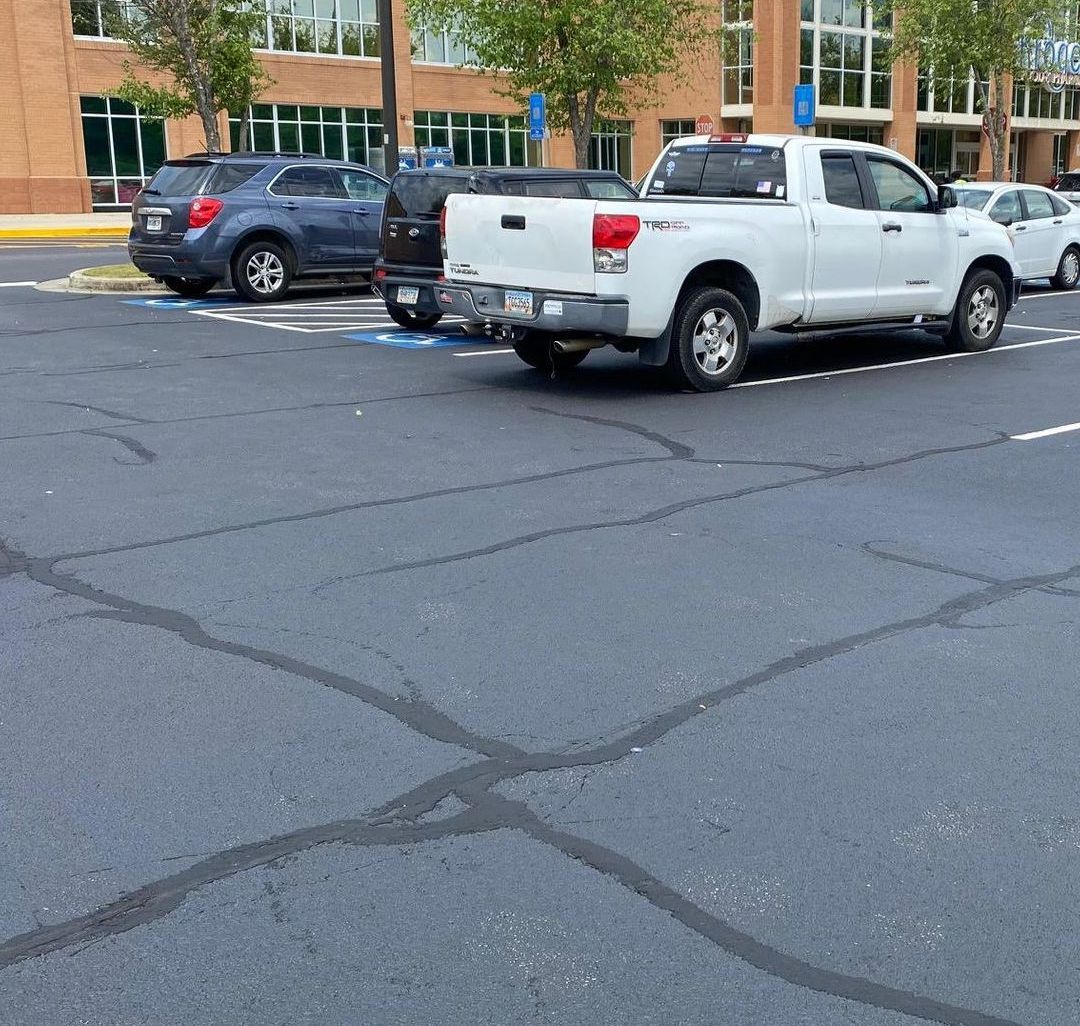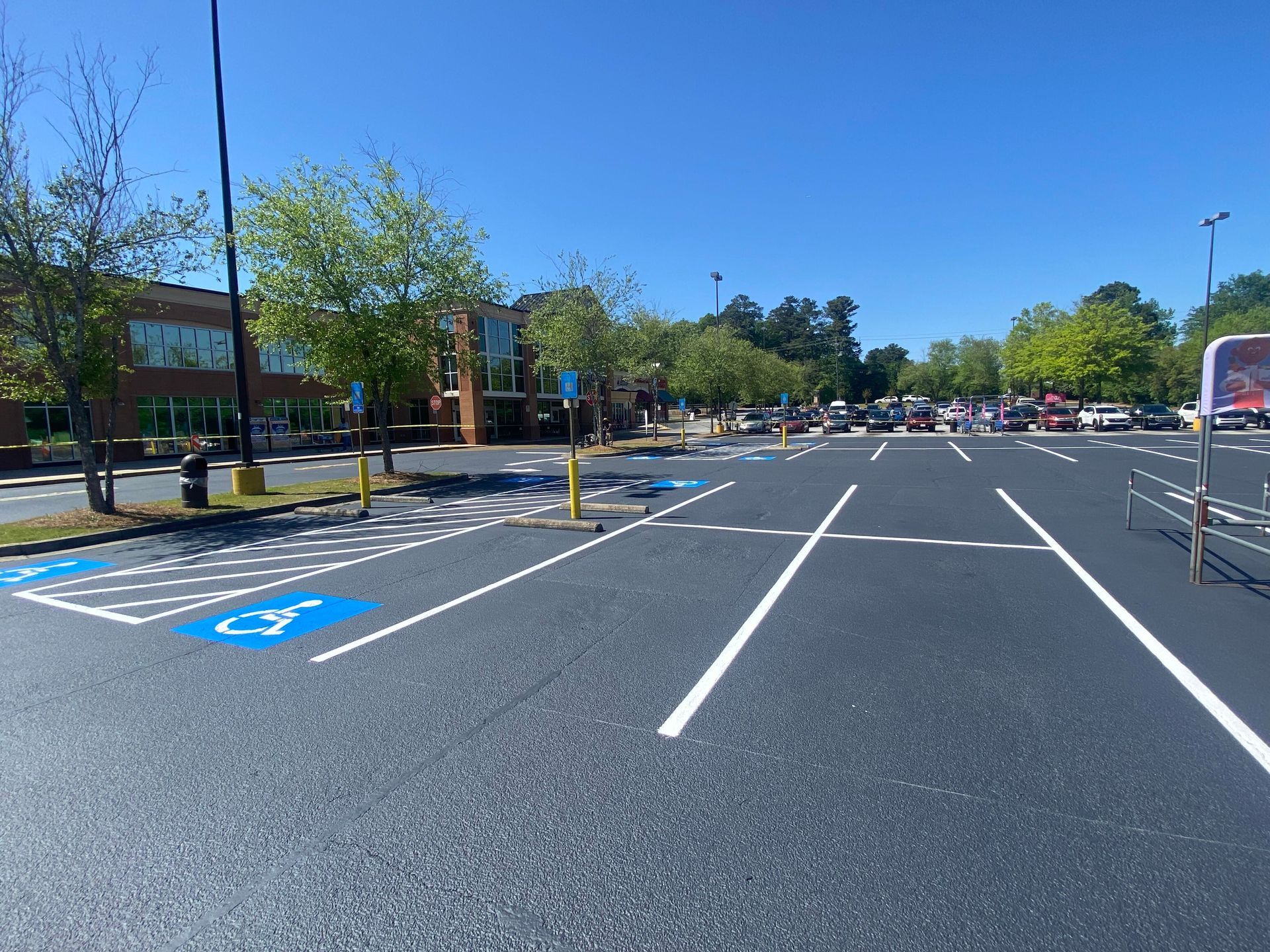Little Known Facts About Commercial Paving and ADA Compliance

When you think about a new parking lot or walkway for your commercial property, you're probably focused on smooth surfaces, clear markings, and a professional look. But there's a crucial layer to commercial paving that often goes overlooked until it's too late: adherence to the Americans with Disabilities Act (ADA).
Ensuring your property is accessible to everyone isn't just a good practice; it's the law. Many property owners don't realize that paving projects are a prime opportunity to either achieve or violate ADA standards. Let's explore some key aspects of ADA compliance in paving and why it's so important for your business.
Key ADA Requirements for Paving Projects
Getting your paving right means more than just laying down asphalt or concrete. It involves precise measurements and specific features designed to create safe and easy access for individuals with disabilities.
Surface Requirements
You might think any paved surface is fine, but the ADA has specific rules. All accessible routes must be firm, stable, and slip-resistant. This ensures that people using wheelchairs, walkers, or other mobility aids can navigate the area safely without the risk of getting stuck or losing their footing. Loose materials like gravel are generally not compliant for accessible paths.
Slope and Grading
This is where things get technical. The slope and grading of your paved surfaces are critical for accessibility. Even a slight incline that seems minor to most can be a major barrier for someone in a wheelchair.
- Accessible Routes: Walkways and paths must have a slope no greater than 1:20 (or 5%).
- Parking Spaces: Accessible parking spaces must be as level as possible, with a maximum slope of 1:48 (about 2%) in any direction.
- Ramps: Curb ramps require a specific slope, typically a maximum of 1:12 (or 8.33%), to be navigable.
Did You Know? The 1:48 slope requirement for accessible parking isn't just for ease of movement. It's also designed to prevent manual wheelchairs from rolling when a person is transferring in or out of their vehicle.
Accessible Parking and Routes
Parking is often the first interaction a customer has with your business. ADA guidelines mandate specific requirements for accessible parking spaces, including:
- Size and Location: They must be a specific width and located on the shortest accessible route to the building's entrance.
- Access Aisle: Each accessible space needs an adjacent access aisle, marked with diagonal stripes, to provide room for ramps and lifts.
- Signage: Proper signage, including the International Symbol of Accessibility, is required.
Furthermore, there must be a clear, accessible route at least 36 inches wide connecting the parking area to the building entrance.
Curb Ramps and Detectable Warnings
Smooth transitions are essential. Curb ramps provide a safe way for people with mobility impairments to move from a street or parking lot to a sidewalk. These ramps must have the correct slope and often require flared sides.
At the top of ramps and at crosswalks, you'll often see surfaces with a distinct, bumpy texture. These are called detectable warnings. They are tactile pavers designed to alert visually impaired individuals of an upcoming change, such as a street crossing or the edge of a platform.
Did You Know? The pattern of truncated domes on detectable warning surfaces is standardized so that visually impaired individuals can reliably recognize them by foot or with a cane, no matter where they are in the country.
Ongoing Maintenance
ADA compliance doesn't end when the paving crew leaves. Property owners are responsible for maintaining paved surfaces to ensure they remain accessible. This means promptly repairing cracks, potholes, and any surface warping that could create a hazard or barrier.
Why ADA Compliance Matters
Following these guidelines is about more than just checking boxes. It has a real impact on your business and community.
- Legal Compliance: The most direct reason is to avoid legal trouble. Non-compliance can lead to significant lawsuits, fines, and mandated costly repairs.
- Enhanced Accessibility: You open your doors to a wider customer base. An accessible property welcomes everyone, including people with disabilities, the elderly, and parents with strollers, making it a more inclusive space.
- Improved Reputation: Showing that you care about inclusivity and safety builds trust and loyalty with your customers. A well-maintained, accessible property reflects positively on your brand.
Finding the Right ADA-Compliant Contractor
Navigating the complexities of ADA regulations requires specialized knowledge. That's why partnering with experienced commercial paving contractors is so important.
When looking for a contractor, prioritize:
- Experience: Look for a company with a proven track record of completing ADA-compliant paving projects. They should understand the technical specifications inside and out.
- Knowledge of Regulations: A good contractor stays current on federal, state, and local ADA codes, which can sometimes vary.
- Licensing and Insurance: Always verify that your contractor is fully licensed and insured for commercial work.
The Paving Guys: Your Partner in Compliance
At The Paving Guys, we are leaders in ADA-compliant commercial paving. With over 25 years of experience serving the Metro Atlanta area, we have a deep understanding of the regulations that affect your property. Our team helps you navigate every step, from initial project evaluation and planning to final execution.
We use high-quality materials and modern techniques to ensure your parking lots, walkways, and ramps are not only durable and attractive but also fully compliant and accessible to all. Let us help you make your property safe, welcoming, and legally sound.
What is the best way to ensure my current parking lot is ADA compliant?
The best way to ensure compliance is to have a professional evaluation performed by an experienced paving contractor like The Paving Guys. We can conduct a thorough assessment of your property, identify any areas of non-compliance related to slope, signage, and accessible routes, and provide a clear plan to correct them.
How often should I have my paved surfaces checked for ADA compliance?
It's a good practice to review your property's accessibility features annually as part of your regular maintenance schedule. Surfaces can shift, crack, or wear down over time, creating new barriers. You should also consult an expert any time you plan a significant repaving, repair, or restriping project to ensure the new work meets current standards.


